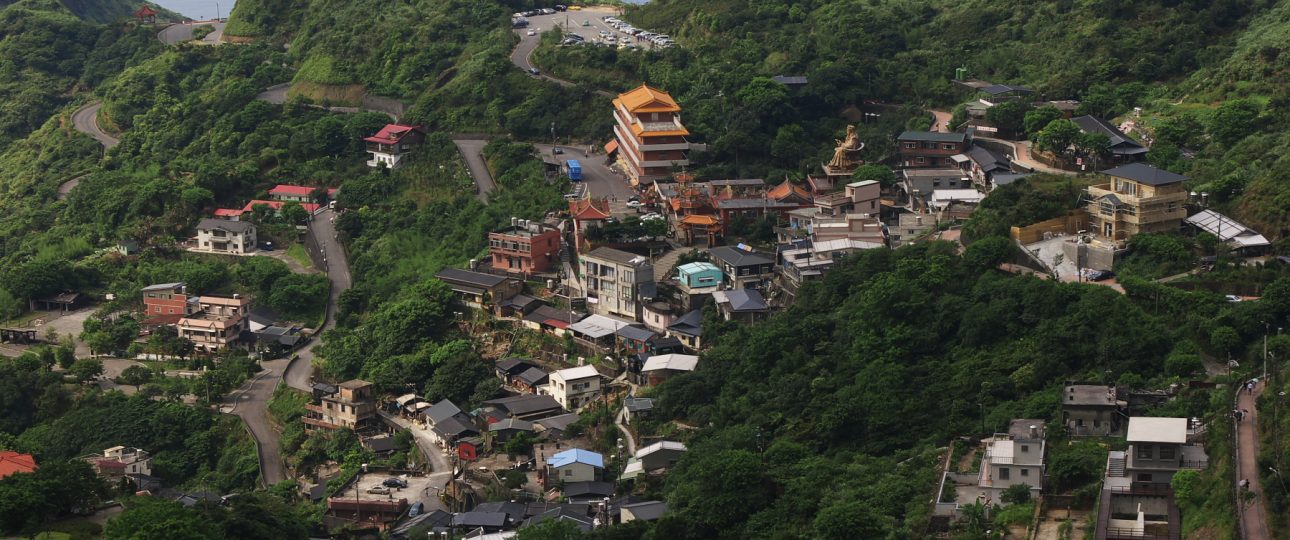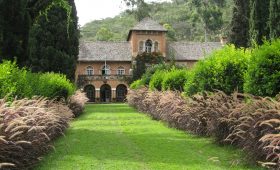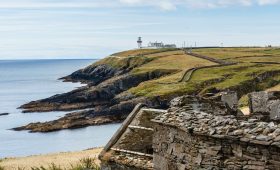Discovering Jinguashi, Taiwan
Getting to Jinguashi
To reach Jinguashi, start by flying into Taipei, Taiwan’s capital. From Taipei, you have a couple of options. You can take a bus directly from Taipei to Jinguashi, or head to Ruifang train station and catch a 1062 or 856 bus from the nearby Resident Square. The bus ride costs NT$25, and Easycards are accepted. Buses run from 8:30 AM to 3:00 PM, with departures approximately every 30 minutes. The journey offers a glimpse of Taiwan’s scenic countryside.
Exploring Jinguashi
Jinguashi is an open-air museum, rich in history and natural beauty. The town is set against a mountainous backdrop, offering stunning views and unique attractions. One of the highlights is the Golden Waterfall, where the water’s golden hue is due to minerals from the surrounding rocks. This natural wonder is a result of the area’s geological features, including pyrite and enargite.
For history buffs, the Jinguashi Mining Museum is a must-visit. It provides insight into the town’s mining past, with artifacts and exhibits that tell the story of the miners’ lives and the industry’s impact on the region.
Local Cuisine
While in Jinguashi, savor the local flavors. Taiwan is famous for its diverse culinary scene, and Jinguashi offers its own specialties. Try the “danzi noodles,” a traditional dish featuring handmade noodles in a savory broth. Pair this with a glass of Taiwanese tea for a complete experience.
Outdoor Adventures
Outdoor enthusiasts will find plenty to do in Jinguashi. Hiking to the Yin-Yang Sea is a popular activity. This natural phenomenon features contrasting blue and golden hues, a result of iron ion particles in the water. The hike is challenging but offers breathtaking views.
If you prefer a more relaxed pace, explore the trails around Jinguashi. A stroll through Jiufen Old Street, a nearby market alley, offers a taste of local culture with shops and street food. Don’t miss the taro balls, a sweet treat that’s a local favorite.
Notable Landmarks
- Changren Tunnel No.3 Flue Pipe: These massive flues, once part of the copper refinery, are a unique sight. They stretch across the hills and are considered some of the longest in the world.
- Shuinandong Smelter: Known as “13 stories,” this smelter is a relic of the gold mining era, resembling a forgotten city built into the hillside.
- Jinguashi Shinto Shrine: This shrine, dedicated to three deities, offers a glimpse into the area’s cultural past. Although much of it is in ruins, the remaining structures are worth the short uphill walk from the Gold Museum.
- Teapot Mountain: Standing at 580 meters, this mountain resembles a handleless teapot. It’s a popular hiking destination with panoramic views.
Best Time to Visit
The best time to visit Jinguashi is during spring or autumn when the weather is mild and the landscapes are vibrant. Summer can be hot and humid, while winter may be chilly, so pack accordingly.




